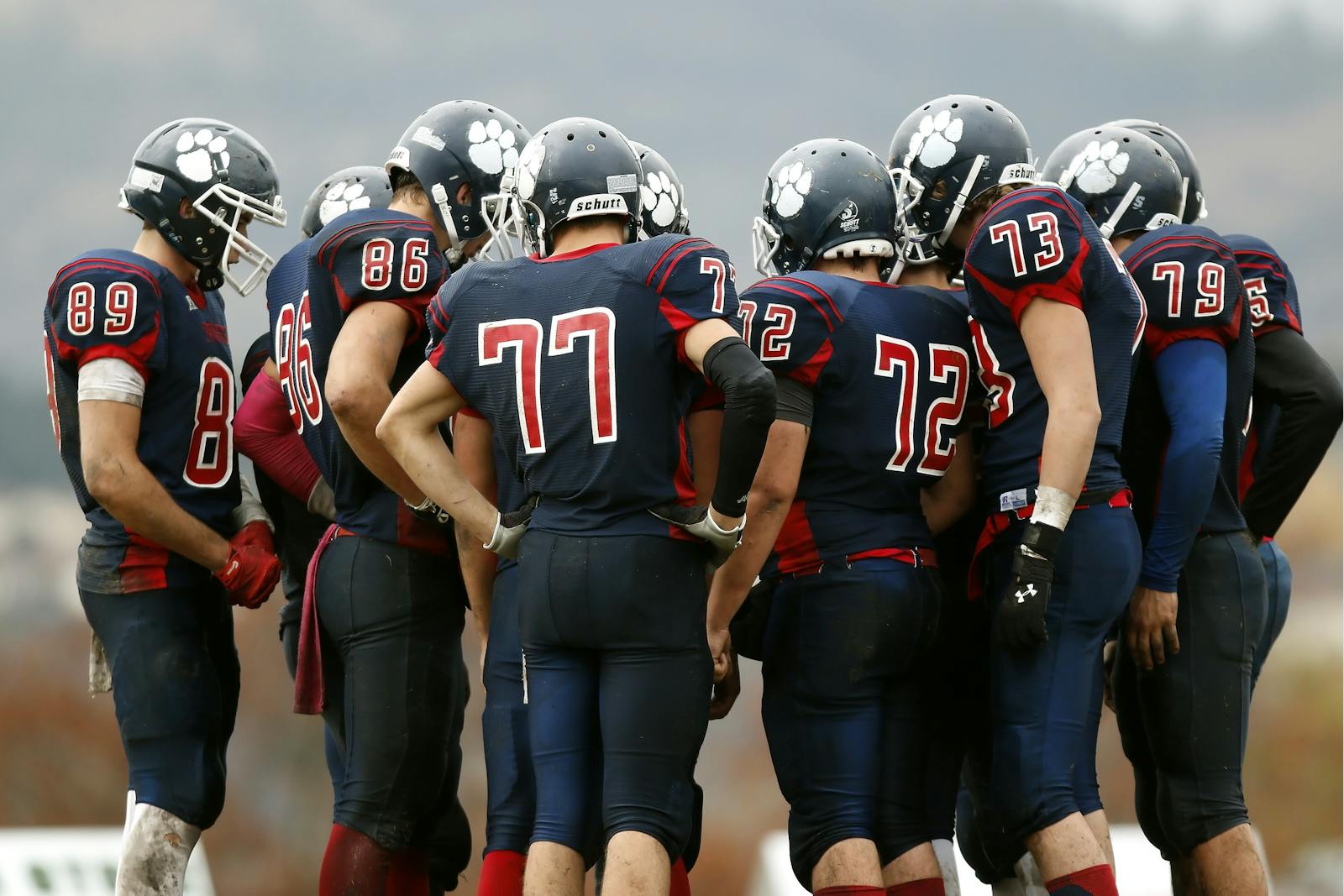In a word, accuracy. Deep learning achieves recognition accuracy at higher levels than ever before. This helps consumer electronics meet user expectations, and it is crucial for safety-critical applications like driverless cars. Recent advances in deep learning have improved to the point where deep learning outperforms humans in some tasks like classifying objects in images.
While deep learning was first theorized in the 1980s, there are two main reasons it has only recently become useful:
- Deep learning requires large amounts of labeled data. For example, driverless car development requires millions of images and thousands of hours of video.
- Deep learning requires substantial computing power. High-performance GPUs have a parallel architecture that is efficient for deep learning. When combined with clusters or cloud computing, this enables development teams to reduce training time for a deep learning network from weeks to hours or less.
Deep learning deals with algorithms inspired by the structure and function of the brain, allowing computers to solve a host of complex problems that couldn\’t otherwise be tackled.
Deep Learning Applications
Deep Learning is being widely used in industries to solve
Image Recognition: Deep Neural Nets are used to identify objects in an image. Lets understand how a neural network identifies images of cats and dogs.
Voice Generation: Products like Amazon Alexa uses deep learning to generate voice and interact with humans.
Self Driving Vehicles: Google’s
Producing Music: Deep Learning can be used to produce music by feeding in music patterns and letting it analyze on its own. It can also be used to restore audio voices in silent movies.
Computer vision, natural language processing and pattern recognition.
Deep Learning with Neural Networks
Neural networks are a set of algorithms, modeled loosely after the human brain, that
Neural networks help us cluster and classify. You can think of them as a clustering and classification layer on top of the data you store and manage. They help to group unlabeled data according to similarities among the example inputs, and they classify data when they have a labeled dataset to train on. (Neural networks can also extract features that are fed to other algorithms for clustering and classification; so you can think of deep neural networks as components of larger machine-learning applications involving algorithms for reinforcement learning, classification and regression.)
Deep learning is used across all industries for a number of different tasks. Commercial apps that use image recognition, open source platforms with consumer recommendation apps and medical research tools that explore the possibility of reusing drugs for new ailments are a few of the examples of deep learning incorporation.











